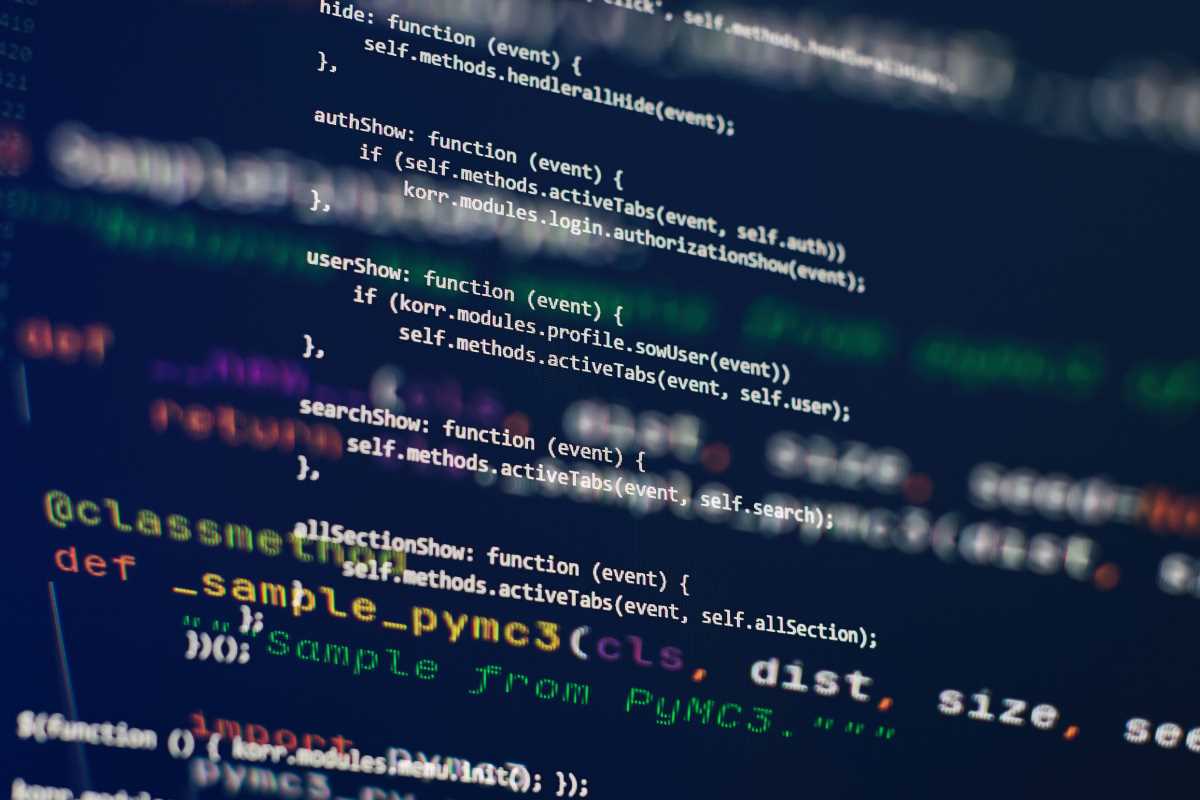Running complex machine learning tasks on multiple servers can increase the chances of data exposure if security takes a back seat to speed. Balancing swift performance with strong protection means paying close attention to the way servers communicate, ensuring every compute node proves its identity, and fine-tuning encryption so it doesn't slow down your GPUs. This guide explores practical steps that safeguard your sensitive projects, showing how to maintain rapid workflows while blocking unwanted access. Discover clear solutions you can apply right away to keep your data secure and your operations running smoothly, even as workloads grow more demanding.
Innovative Approaches to Encrypted Compute
Most guides discuss encrypting data in transit or at rest, but few show how to adjust encryption strength dynamically based on workload patterns. Imagine increasing cipher complexity when handling sensitive model parameters and dialing it back during bulk data synchronization. By measuring latency impact in real time, you can find a balance where security policies adapt to performance metrics rather than imposing static rules that either slow down systems or leave vulnerabilities during peak loads.
Checking Code Integrity Without Slowing Down
Adding lightweight code attestation at each compute node raises questions about scale: how often do you check, and how do you handle false positives? Instead of running full binary scans on every job launch, you can introduce hashed signatures for critical library versions and only perform deeper scans when signatures change. This hybrid method allows you to insert security gates without forcing every container to undergo lengthy audits before execution.
Practical Steps to Protect AI Tasks
Data Tokenization Layer
- Purpose: Contain exposures if a server is compromised by replacing sensitive input with short-lived tokens.
- Steps:
- Generate tokens with a secure vault API.
- Replace references in your preprocessing pipeline.
- Revoke tokens after job completion.
- Cost/Metric: Pay-as-you-go model; fractions of a cent per request.
- Insider Tip: Batch token requests during ingestion to cut API overhead and reduce costs by up to 70%.
Mutual TLS Handshake
- Purpose: Encrypt communication across clusters using two-way authentication.
- Steps:
- Generate client and server certificates with your in-house CA.
- Configure agents to require client cert validation before data exchange.
- Rotate certificates every 30 days or when flagged by threat intelligence.
- Cost/Metric: Open-source rotation toolkits reduce manual work and simplify compliance reporting.
- Insider Tip: Automate cert renewal to avoid service disruptions.
Secure Parameter Server Caching
- Purpose: Speed up AI tasks while protecting model weights.
- Steps:
- Choose a memory store with encryption-at-rest support.
- Configure per-node encryption keys from a central key management service.
- Add cache invalidation hooks to securely propagate updates.
- Cost/Metric: Built-in dashboards show hit/miss ratios for memory optimization.
- Insider Tip: Monitor cache metrics to fine-tune allocation and maximize throughput.
Role-Based Job Orchestration
- Purpose: Prevent privilege misuse by separating orchestration permissions.
- Steps:
- Map operator responsibilities to specific permission sets.
- Enforce roles via the orchestration engine’s API gateway.
- Review assignments weekly and revoke inactive accounts.
- Cost/Metric: Role metadata in logs streamlines audits.
- Insider Tip: Annotate logs with role IDs to accelerate incident investigations.
Hardware Root-of-Trust Deployment
- Purpose: Isolate sensitive kernels from the host OS using secure enclaves.
- Steps:
- Confirm hardware supports enclave instructions.
- Install a minimal runtime that provisions enclaves with unique attestation keys.
- Sign and load encryption modules directly into enclaves.
- Cost/Metric: Vendor licensing applies; enclaves reduce post-incident recovery times by ~20%.
- Insider Tip: Start with enclave-ready servers in high-risk environments to see early ROI.
Design Patterns for Resilient Cluster Security
When you plan your cluster layout, think in terms of trust zones instead of flat networks. Group nodes running public-facing inference services in one segment and isolate training clusters in another. Then, set distinct firewall rules and monitoring thresholds. This separation allows you to craft tailored alerts that focus on unusual traffic between zones, rather than chasing false alarms across the entire mesh. It also helps you meet data residency or governance policies when different teams manage each zone.
Embedding policy as code into your deployment pipelines guarantees that any configuration drift triggers automatic corrections. Tools that validate infrastructure templates before provisioning can prevent insecure defaults from ever deploying. Critics sometimes worry about delays, but a streamlined policy library reflecting real-world exceptions can keep pipelines running smoothly. The fewer manual approvals needed, the faster you deploy code to production while closing security gaps.
Balancing Speed and Security
Security controls often add overhead during handshake processes or large-scale parameter synchronization. You can improve performance by offloading intensive cryptographic operations to specialized FPGAs or by dedicating a small group of high-CPU nodes solely for encryption tasks. Moving key management and TLS terminations off the main GPUs keeps model training at near-raw speeds. Monitor average CPU utilization across these helper nodes; if it exceeds 70%, consider adding more nodes to prevent bottlenecks in the primary compute flow.
Adjusting policy dynamically provides another way to maintain speed: increase logging verbosity and enforce stricter packet inspections only when anomalies occur. By default, operate in a lean mode that tracks high-level metrics, then switch to detailed logging for suspicious nodes. This flexible approach preserves throughput during normal operation but still offers detailed forensic data when needed.
Bringing It All Together
You don’t need to choose between securing your AI pipelines and maximizing resource efficiency. By integrating encrypted token services, adaptable encryption settings, role-based orchestration, and enclave-backed computation into your workflows, you keep adversaries guessing while your teams deliver code rapidly.
By improving each layer, from data tokenization to enclave deployment, you make AI operations faster and more secure. These enhancements strengthen both performance and protection.
 (Image via
(Image via





.jpeg)